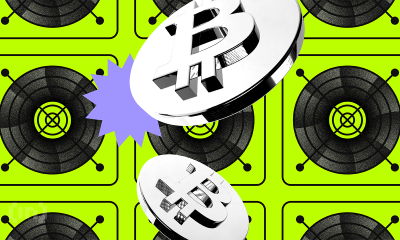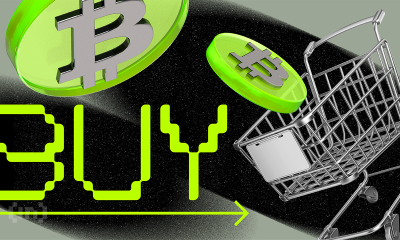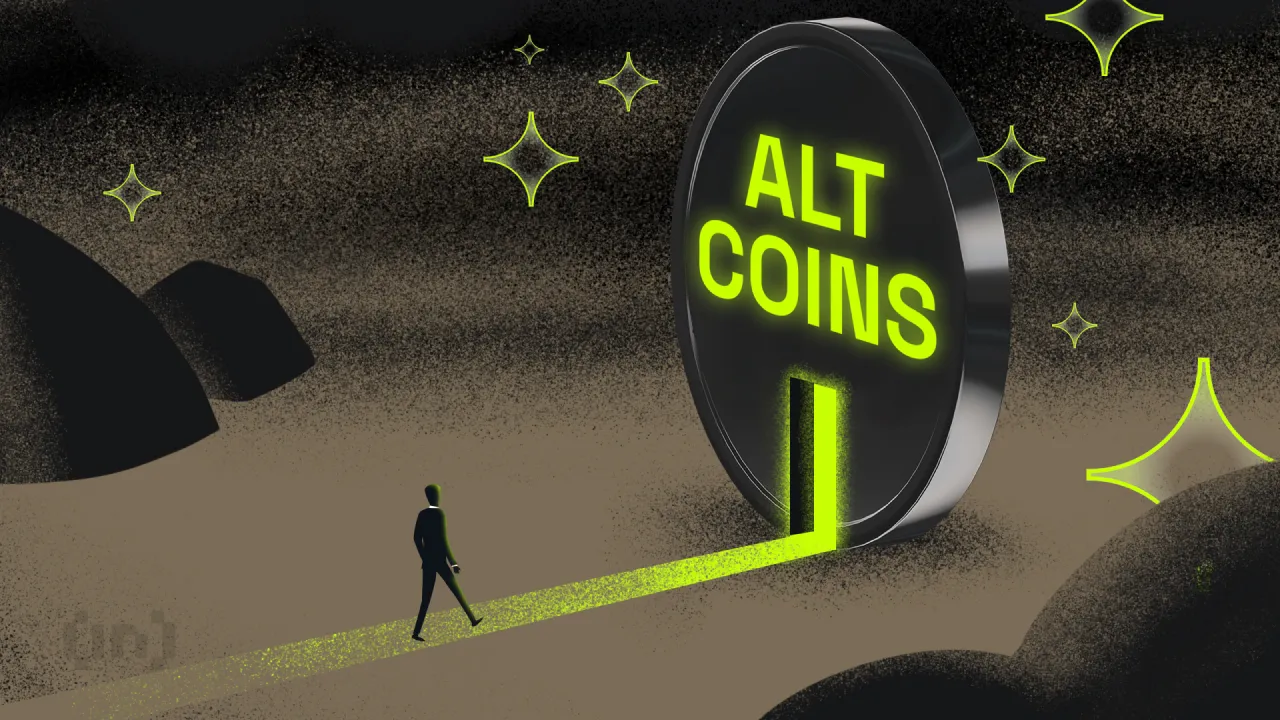Market
Bitcoin ETF Outflows Reach $1.13 Billion Amid Market Uncertainty
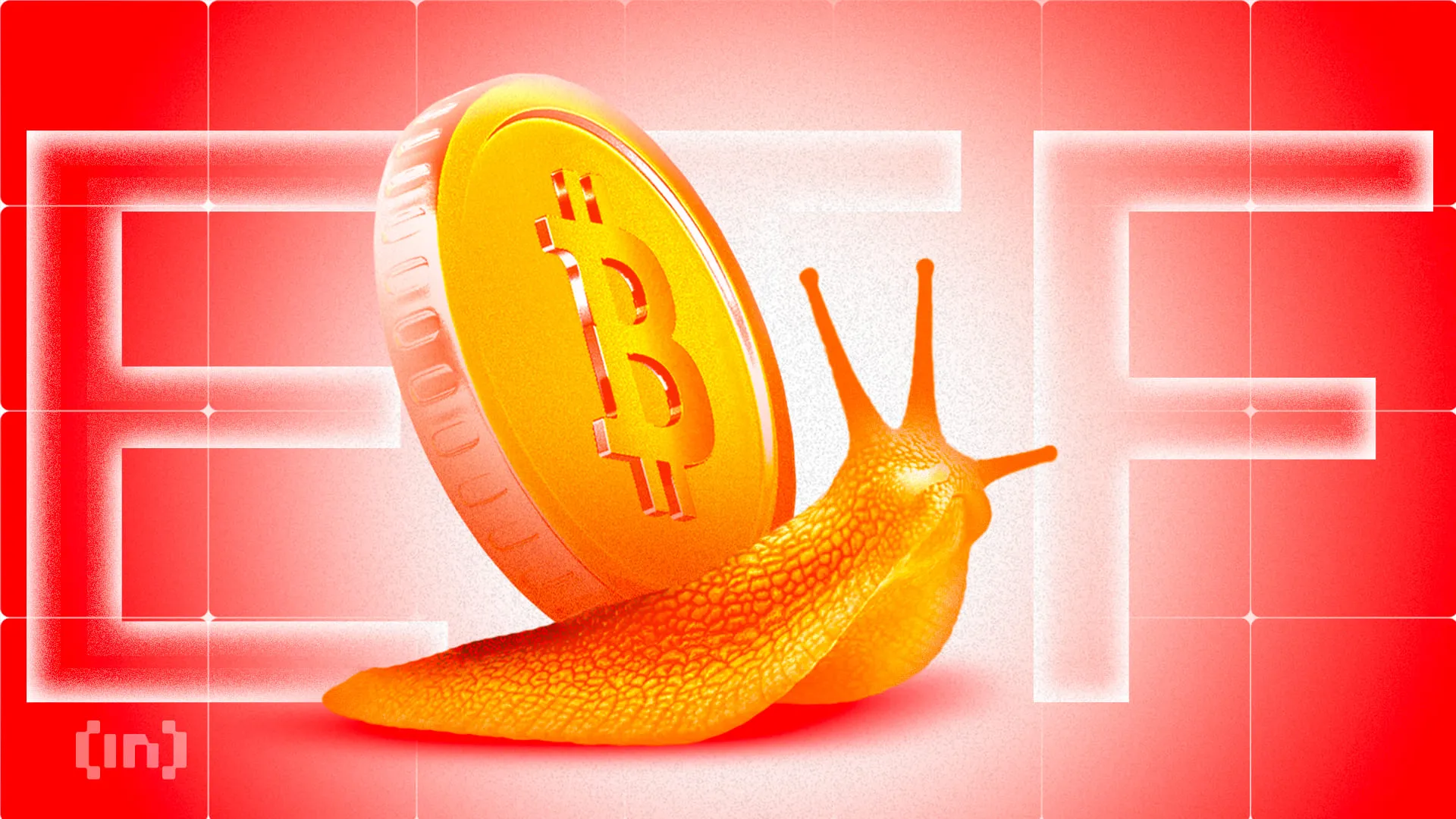
In the past seven trading days, spot Bitcoin (BTC) exchange-traded funds (ETFs) have witnessed significant outflows amounting to $1.13 billion.
This development has raised concerns among investors and traders about Bitcoin’s stability and future trajectory.
Behind the Spot Bitcoin ETF Outflows: Shifts in Market Sentiment and Dynamics
According to SoSo Value data, the spot Bitcoin ETFs have recorded outflows from June 13 until June 24. Grayscale Bitcoin Trust (GBTC) and Fidelity Wise Origin Bitcoin Fund (FBTC) are the biggest contributors to these significant outflows, with $90 million and $35 million outflows as of June 24, respectively.
Read more: What Is a Bitcoin ETF?
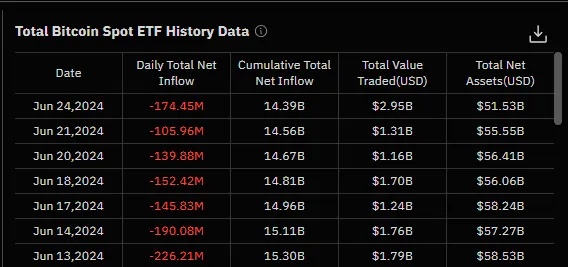
The crypto research firm 10x Research highlights that the current ETF selling contrasts sharply with the bullish buying seen in February and March, which was driven by perceived institutional adoption of Bitcoin. In today’s market, the bearish sentiment reflects ETF selling as institutions potentially exit the market, significantly impacting market confidence and trading behaviors.
This shift is evident in the actions of many multi-strategy hedge funds. Previously long on Bitcoin ETFs and short on Chicago Mercantile Exchange (CME) Bitcoin futures, these funds are now unwinding their positions. This decision, driven by an annualized funding rate below 10%, is reflected in the decline of open interest in Bitcoin CME futures, matching the volume of sold Bitcoin spot ETFs.
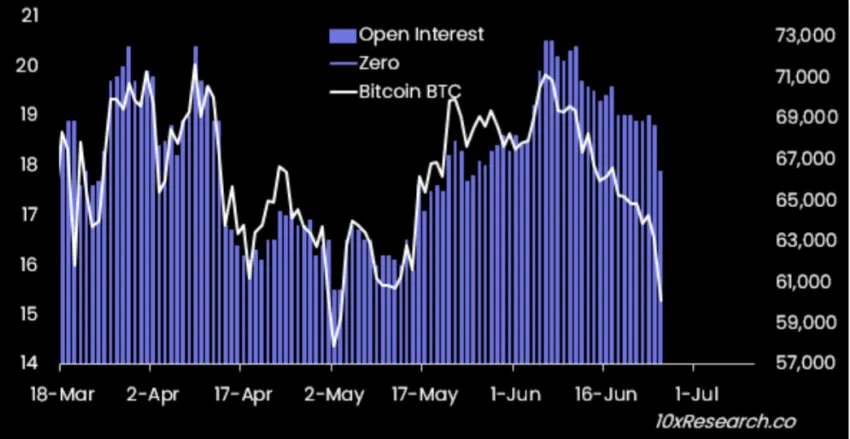
Moreover, speculative trading activity in futures, driven by institutional buying through ETFs, has expanded the funding rate. Institutions adopted a delta-neutral strategy, buying ETFs and selling futures to lock in yields.
Arbitrage funds, which constitute 30-40% of the $14.2 billion Bitcoin ETF inflows, have traditionally leveraged a delta-neutral strategy by buying spot Bitcoin and selling futures. The current market conditions have prompted a reassessment of this strategy, reflecting a broader shift in institutional behavior and market sentiment.
Bitcoin ETF Buyers Flat as Market Faces Price Drop
Furthermore, 10x Research pointed out concerns about over-bullish sentiment regarding spot Ethereum ETFs, especially given the weak Bitcoin ETF inflows. This concern is amplified by the fact that the average Bitcoin ETF buyer is now flat, with an average entry price of $60,000-$61,000.
The continuous outflows from these ETFs coincide with Bitcoin’s current price movement. On June 24, Bitcoin’s price plummeted from $64,076 to $59,495, marking an approximately 7% decrease. According to 10x Research, several factors contributed to this sell-off, including distributions from Mt. Gox, sales by the German government, Bitcoin miners, ETFs, and OG wallets.
“Hypothetically, this adds up to $16-18 billion, similar to the year-to-date Bitcoin ETF inflows,” Markus Thielen from 10x Research noted.
10x Research has also identified multiple sell signals for Bitcoin. These signals include significant volatility and price range indicators predicting declines. These factors suggest deeper declines could occur before a potential rebound from lower levels.
However, 10x Research noted that Bitcoin is currently deeply oversold. Additionally, the Greed and Fear Index is at one of its lowest levels, often indicating market bottoms. This condition gives crypto influencers bullish sentiments, prompting them to advise buying the dip.
Read more: Bitcoin (BTC) Price Prediction 2024/2025/2030
Despite the significant outflows from spot Bitcoin ETFs and the current BTC price situation, several institutional investors still show their bullishness toward the cryptocurrency. Earlier this week, corporates like MicroStrategy and Japanese firm Metaplanet announced significant Bitcoin purchases. Furthermore, spot Bitcoin ETFs in Hong Kong have seen an increase in Bitcoin amount, from 3,842 BTC on June 21 to $3,911 on June 24.
Disclaimer
In adherence to the Trust Project guidelines, BeInCrypto is committed to unbiased, transparent reporting. This news article aims to provide accurate, timely information. However, readers are advised to verify facts independently and consult with a professional before making any decisions based on this content. Please note that our Terms and Conditions, Privacy Policy, and Disclaimers have been updated.
Market
Coinbase Tries to Resume Lawsuit Against the FDIC


Coinbase asked a DC District Court if it could resume its old lawsuit against the FDIC. Coinbase sued this regulator over Operation Choke Point 2.0 and claimed that it’s still refusing to release relevant information.
Based on the information available so far, it’s difficult to draw definitive conclusions. The FDIC maintains that it responded to its opponents’ questions truthfully, though it has shown delays in the past.
Coinbase vs the FDIC
Coinbase, one of the world’s largest crypto exchanges, has been in a few fights with the FDIC. The firm has been pursuing the FDIC over Operation Choke Point 2.0 for months now, and has achieved impressive results. Despite this, however, Coinbase is asking the DC District Court to resume its litigation against the regulator:
“We’re asking the Court to resume our lawsuit because the FDIC has unfortunately stopped sharing information. While we would have loved to resolve this outside of the legal system – and we do appreciate the increased cooperation we’ve seen from the new FDIC leadership – we still have a ways to go,” claimed Paul Grewal, Coinbase’s Chief Legal Officer.
The FDIC has an important role in US financial regulation, primarily dealing with banks. This gave it a starring role in Operation Choke Point 2.0, hampering banks’ ability to deal with crypto businesses. However, it recently started a pro-crypto turn, releasing tranches of incriminating documents and revoking several of its anti-crypto statutes.
Grewal said that he “appreciated the increased cooperation” from the FDIC but that the cooperation stopped weeks ago. According to Coinbase’s filing, the FDIC hasn’t sent any new information since late February and claimed in early March that the exchange’s subsequent requests were “unreasonable and beyond the scope of discovery.”
On one hand, the FDIC has previously been slow to make relevant disclosures in the Coinbase lawsuit. On the other hand, Operation Choke Point 2.0 sparked significant tension within the industry, and a determined group is now aiming to significantly weaken the regulatory bodies involved.
Until the legal battle continues, it’ll be difficult to make any definitive statements. The FDIC will likely have two weeks to respond to Coinbase’s request.
Disclaimer
In adherence to the Trust Project guidelines, BeInCrypto is committed to unbiased, transparent reporting. This news article aims to provide accurate, timely information. However, readers are advised to verify facts independently and consult with a professional before making any decisions based on this content. Please note that our Terms and Conditions, Privacy Policy, and Disclaimers have been updated.
Market
BlackRock’s Larry Fink Thinks Crypto Could Harm The Dollar


Larry Fink, CEO of BlackRock, claimed in a recent letter that Bitcoin and crypto could damage the dollar’s international standing. If investors treat Bitcoin as an inflation hedge to the dollar, it could precipitate serious trouble.
However, he was also adamant that the industry offers a lot of advantages, particularly through tokenization.
Larry Fink Sees Opportunity in Crypto
BlackRock is the leading Bitcoin ETF issuer in the US, and its CEO Larry Fink has long been bullish on Bitcoin. However, as Fink described in his most recent Annual Chairman’s Letter to investors, crypto’s best interest doesn’t always align with TradFi or the dollar.
“The US has benefited from the dollar serving as the world’s reserve currency for decades. But that’s not guaranteed to last forever. By 2030, mandatory government spending and debt service will consume all federal revenue, creating a permanent deficit. If the US doesn’t get its debt under control… America risks losing that position to digital assets like Bitcoin,” he said.
To be clear, Fink insisted that he supports crypto and listed some practical problems that he believes it can solve. He expressed a particular interest in asset tokenization, claiming that a digital-native infrastructure would improve and democratize the TradFi ecosystem.
Despite these advantages, Fink recognizes the danger that crypto can present to the US economy if not properly managed. He addressed the longstanding practice of using crypto to hedge against inflation, a wise practice for many assets.
However, if a wide swath of investors think Bitcoin is more stable than the dollar, it would threaten USD’s status as the world reserve currency. A scenario like that would be very dangerous to all of TradFi, and Fink has a particular interest in protecting BlackRock. Such an event would doubtlessly impact crypto as well.
“Decentralized finance is an extraordinary innovation. It makes markets faster, cheaper, and more transparent. Yet that same innovation could undermine America’s economic advantage if investors begin seeing Bitcoin as a safer bet than the dollar,” Fink added.
He didn’t offer too many specific solutions to this growing problem, but Fink isn’t the only person concerned with the issue. President Trump recently suggested that stablecoins could promote dollar dominance worldwide. Even if the dollar is seen as unstable, its adoption within a rapidly growing global industry like stablecoins could help reinforce its strength and relevance.
Of course, there are also drawbacks to Trump’s plan. Larry Fink acknowledged a possible threat from crypto, but continues to espouse its utility. Its benefits are too good to ignore.
Disclaimer
In adherence to the Trust Project guidelines, BeInCrypto is committed to unbiased, transparent reporting. This news article aims to provide accurate, timely information. However, readers are advised to verify facts independently and consult with a professional before making any decisions based on this content. Please note that our Terms and Conditions, Privacy Policy, and Disclaimers have been updated.
Market
XRP Bears Lead, But Bulls Protect Key Price Zone
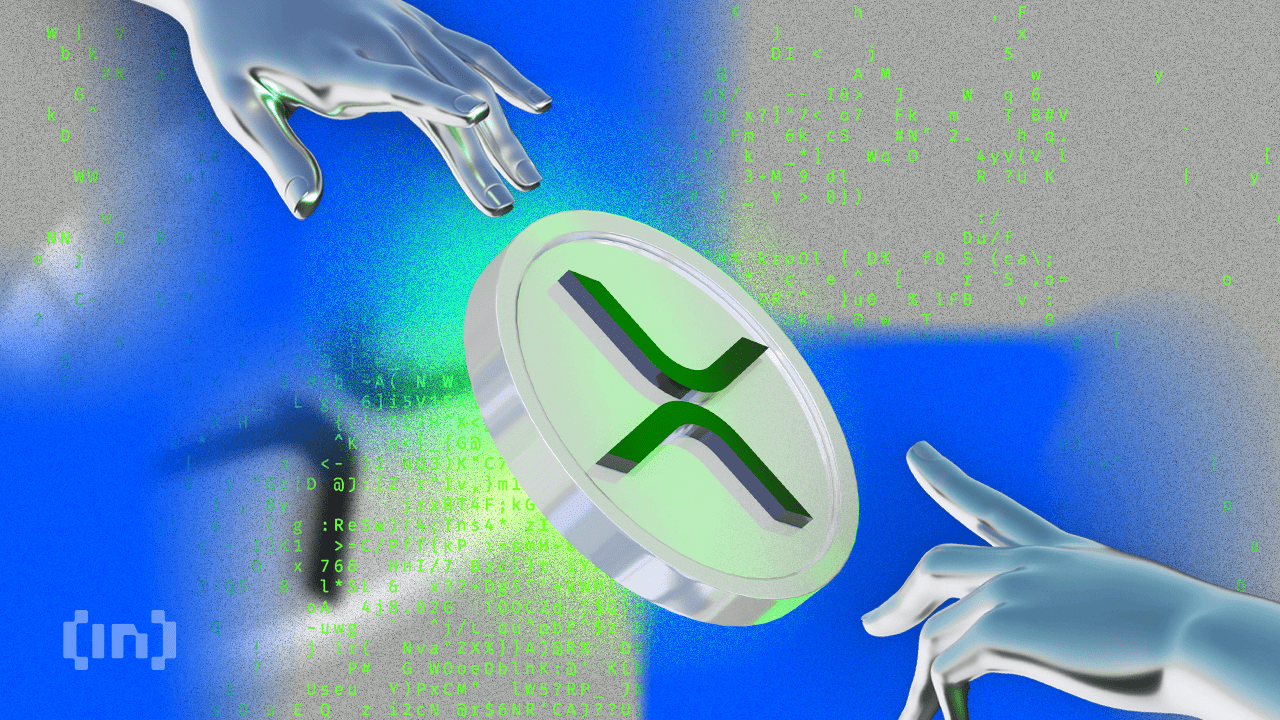
XRP has experienced a significant downturn in recent price action, with its value dropping nearly 15% over the past seven days as bears maintain control of the market. The coin’s technical indicators are showing mixed signals, with the RSI rebounding from oversold territory while Ichimoku Cloud patterns continue to paint a predominantly bearish picture.
Despite yesterday’s test of the critical $2.06 support level resulting in a temporary bounce, the momentum remains negative, with short-term EMAs positioned below long-term averages. The move from extreme oversold conditions suggests XRP might be entering a consolidation phase before its next significant price movement.
XRP RSI Is Up From Oversold Levels
XRP’s Relative Strength Index (RSI) is currently at 36.37, showing a notable rebound from a low of 27.49 just a few hours ago. This upward shift indicates a shift in momentum, as buying interest has started to pick up after a period of heavy selling pressure.
Although still in the lower range, this recovery suggests that traders may be stepping back in. That could mean they are potentially viewing the recent dip as an opportunity.

RSI is a widely used momentum indicator that measures the speed and change of price movements on a scale from 0 to 100. Readings below 30 typically indicate that an asset is oversold and may be undervalued, while readings above 70 suggest it is overbought and could be due for a correction.
XRP’s bounce from 27.49 to 36.37 signals that it may have just exited oversold conditions. This could mean that the recent selling phase is easing. If the buying momentum continues to build, XRP might be entering the early stages of a potential recovery.
XRP Ichimoku Cloud Shows A Bearish Scenario
XRP’s Ichimoku Cloud chart shows that the price action remains below both the red baseline (Kijun-sen) and the blue conversion line (Tenkan-sen). That indicates the prevailing momentum is still bearish.
The candles are also forming well beneath the cloud, which reflects a broader downtrend.
When the price is under all major Ichimoku components like this, it typically signals continued downward pressure unless a strong reversal breaks those resistance levels.
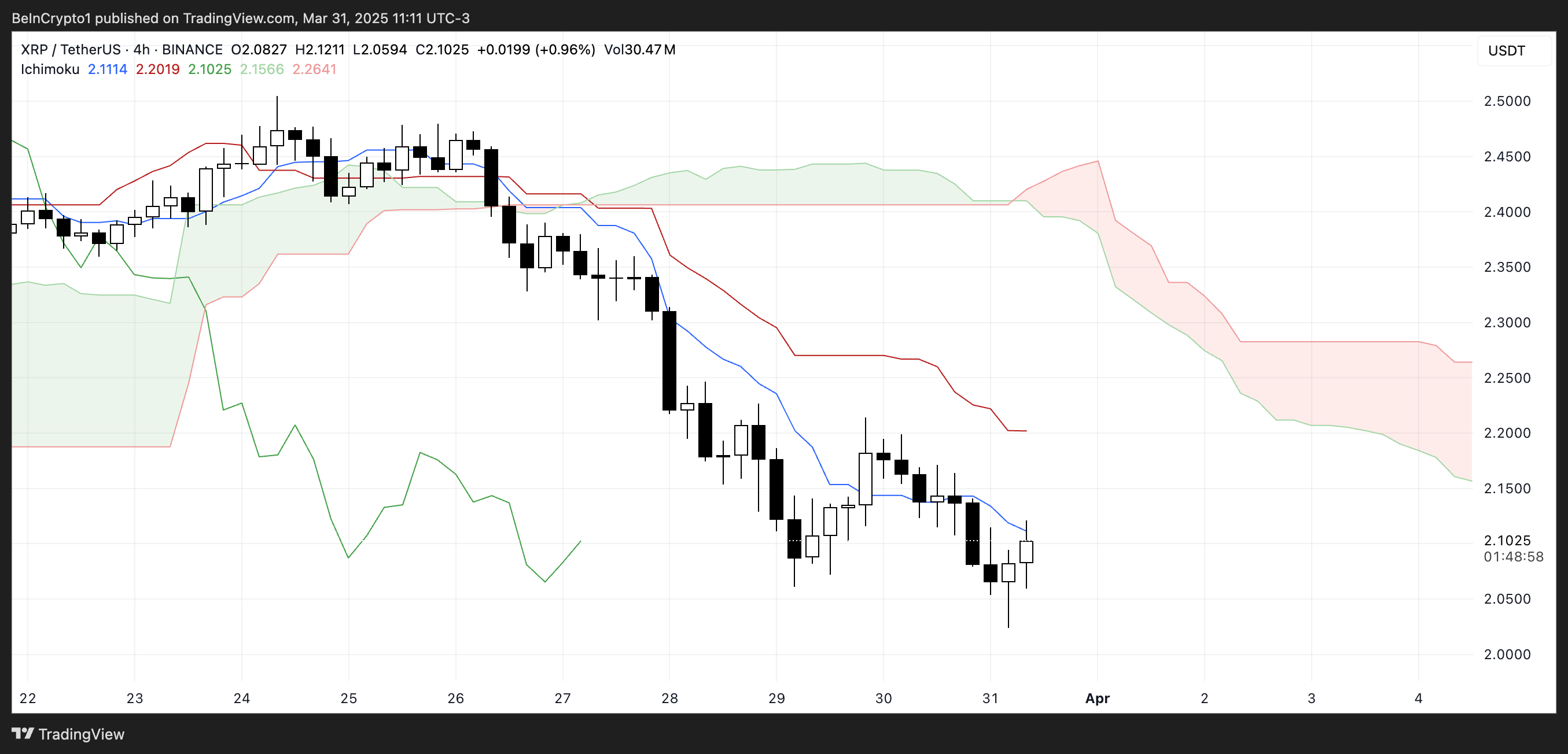
Additionally, the cloud ahead is red and spans horizontally with a downward slope, reinforcing the bearish outlook in the near term. The thickness of the cloud suggests moderate resistance if the price attempts to move upward.
However, some consolidation is evident in the recent candles, showing that sellers may be losing some control.
For any potential trend reversal, XRP would need to break above the Tenkan-sen and Kijun-sen, and eventually challenge the cloud itself — a move that would require a clear uptick in momentum.
XRP Could Rise After Testing An Important Support Yesterday
XRP’s EMA lines are clearly aligned in a bearish formation, with the short-term averages sitting well below the long-term ones and a noticeable gap between them—highlighting strong downward momentum.
Yesterday, XRP price tested the support level at $2.06 and rebounded, showing that buyers are still active at that zone. However, this support remains critical. If it is tested again and fails to hold, XRP could fall further. Its next major support sitting around $1.90.
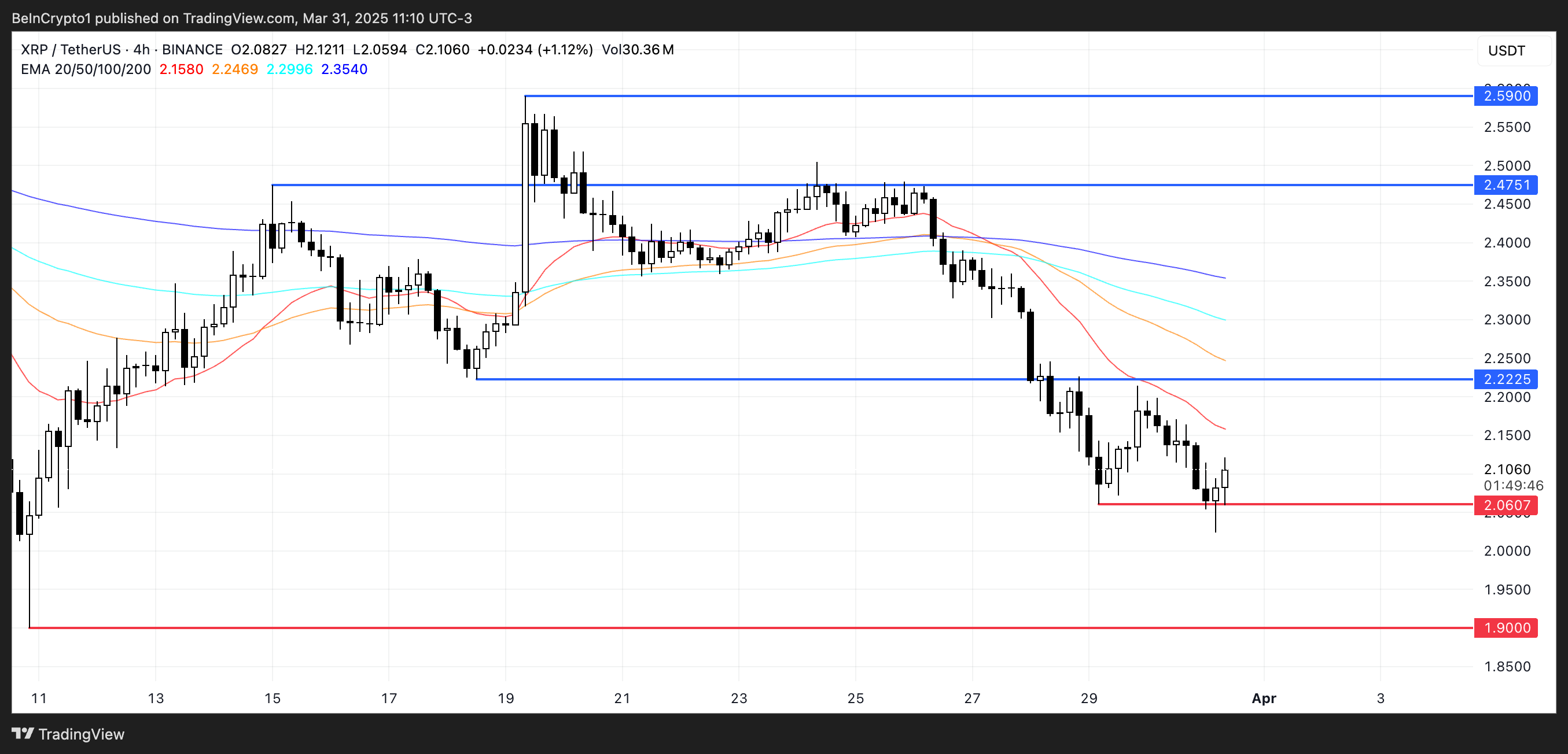
If the trend begins to shift and XRP breaks above the short-term EMAs, the first key resistance to watch is at $2.22. A successful move above this level could trigger a stronger recovery, potentially pushing the price toward $2.47.
If bullish momentum continues, the next upside target would be $2.59. For now, though, the EMA structure still leans bearish. XRP would need sustained buying pressure to flip the trend and aim for those higher resistance levels.
Disclaimer
In line with the Trust Project guidelines, this price analysis article is for informational purposes only and should not be considered financial or investment advice. BeInCrypto is committed to accurate, unbiased reporting, but market conditions are subject to change without notice. Always conduct your own research and consult with a professional before making any financial decisions. Please note that our Terms and Conditions, Privacy Policy, and Disclaimers have been updated.
-
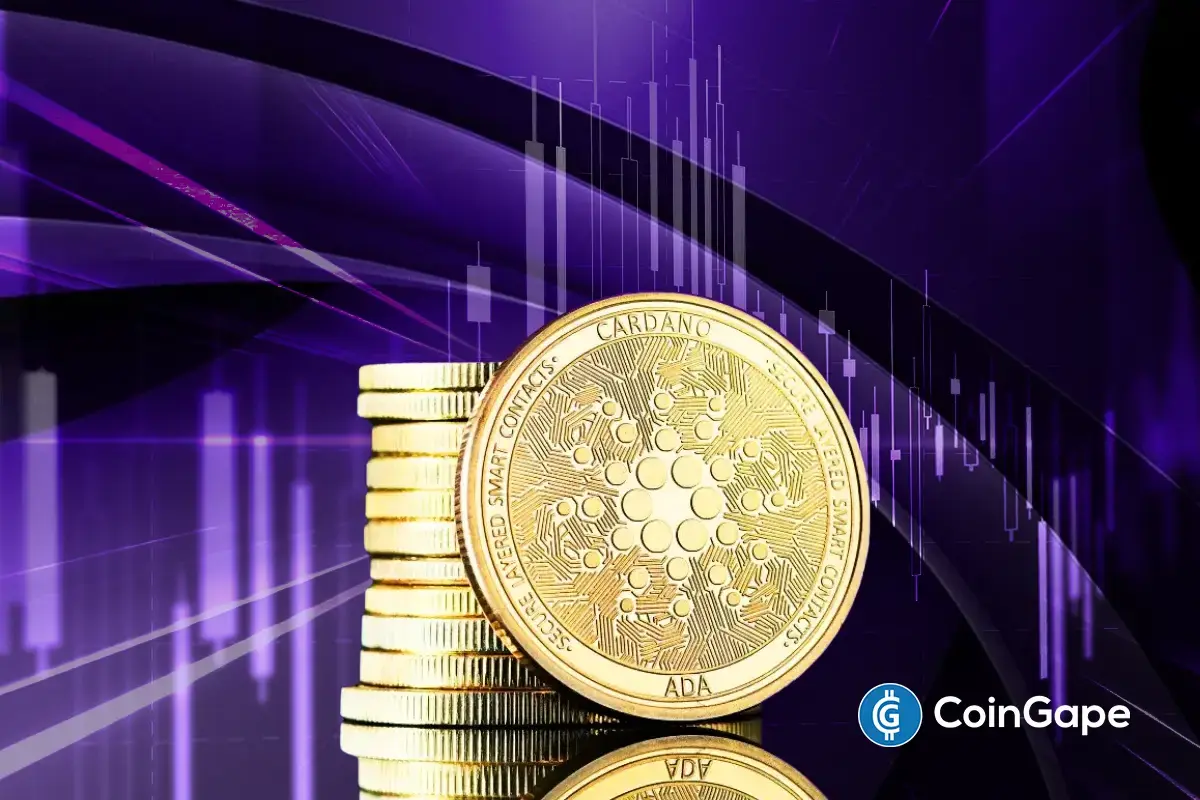
 Altcoin23 hours ago
Altcoin23 hours agoCardano Price Eyes Massive Pump In May Following Cyclical Patern From 2024
-

 Market19 hours ago
Market19 hours agoBitcoin Bears Tighten Grip—Where’s the Next Support?
-

 Market18 hours ago
Market18 hours agoEthereum Price Weakens—Can Bulls Prevent a Major Breakdown?
-
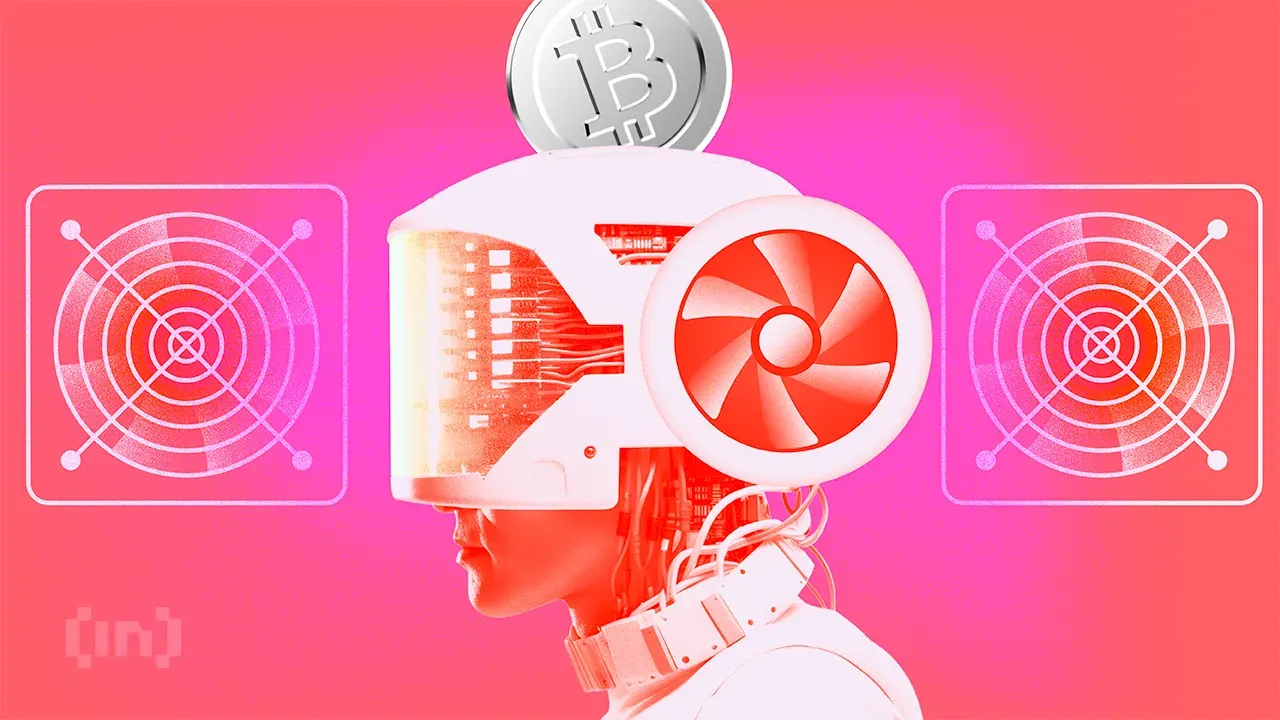
 Bitcoin11 hours ago
Bitcoin11 hours agoMarathon Digital to Sell $2 Billion in Stock to Buy Bitcoin
-

 Bitcoin6 hours ago
Bitcoin6 hours agoStrategy Adds 22,048 BTC for Nearly $2 Billion
-
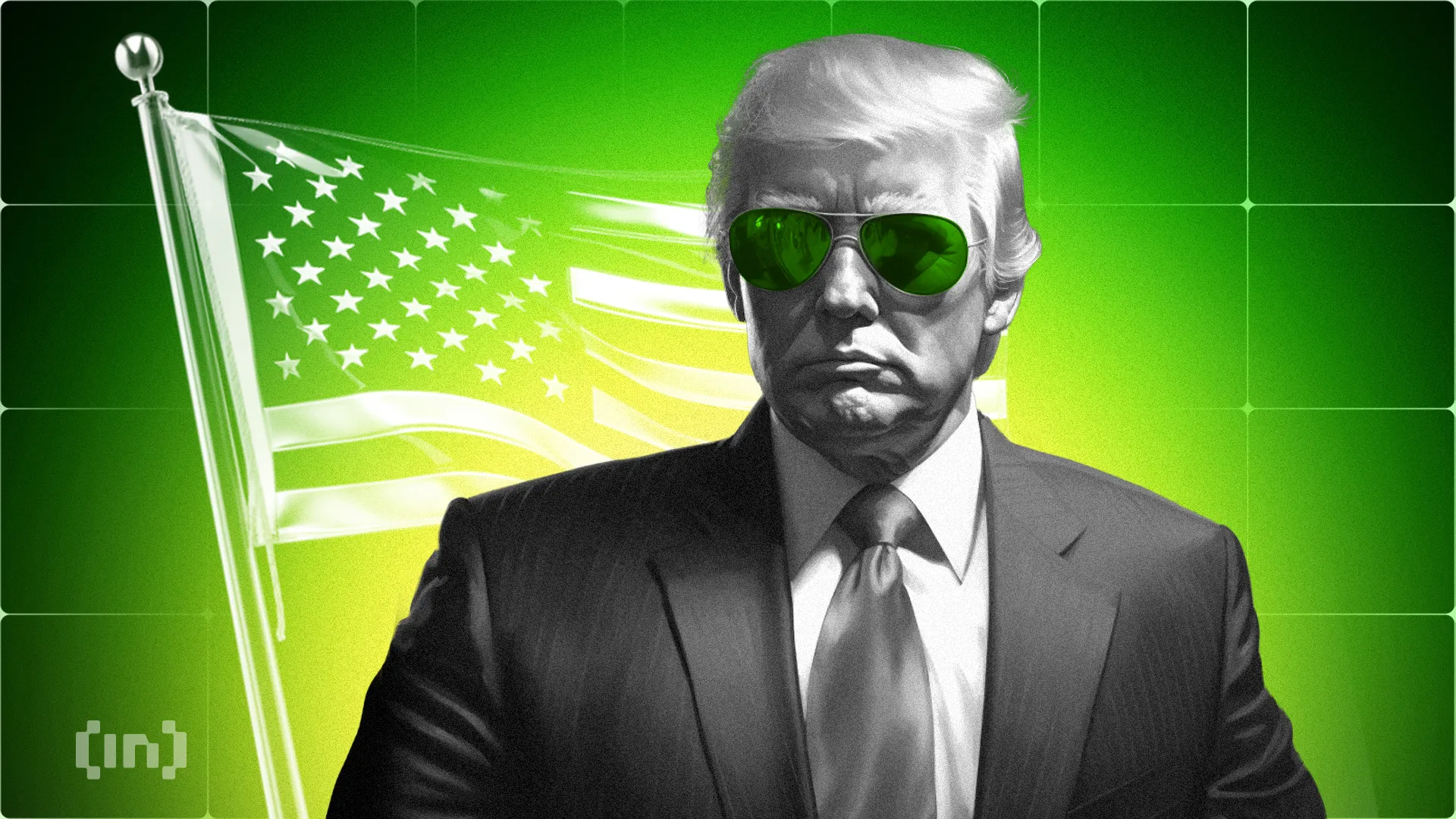
 Market11 hours ago
Market11 hours agoStrategic Move for Trump Family in Crypto
-
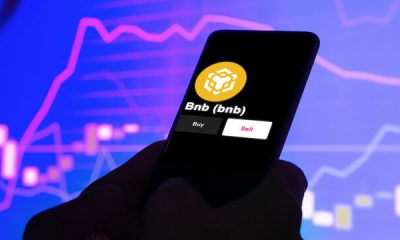
 Market6 hours ago
Market6 hours agoBNB Breaks Below $605 As Bullish Momentum Fades – What’s Next?
-

 Market10 hours ago
Market10 hours agoTop Crypto Airdrops to Watch in the First Week of April






